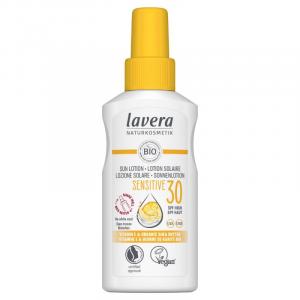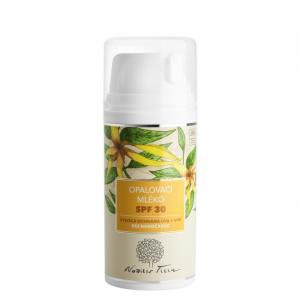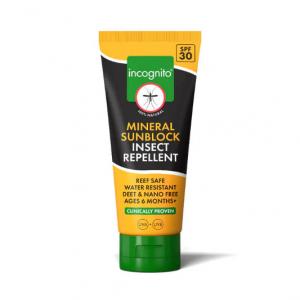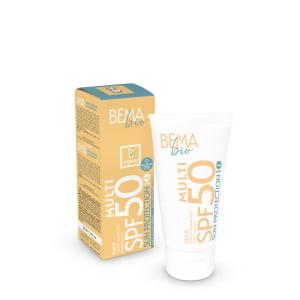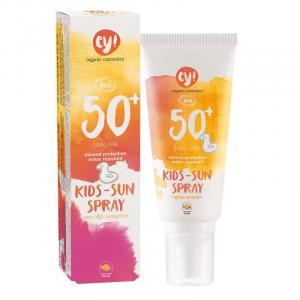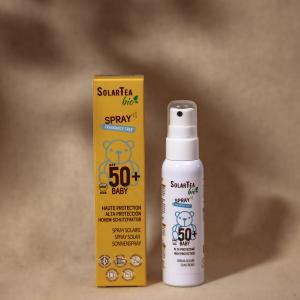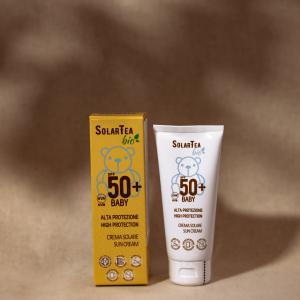
How to Prevent Sun Allergy and Enjoy Summer

Summer is a time of joy, long sunny days, and vacations not just by the sea. The sun shines high in the sky, beaches fill with people longing for a bronzed tan, and children play outside. But what if the sun shines too much? Its rays indeed have a positive effect on us, but they do not only act beneficially.
What is sun allergy?
Sun allergy has several variants, including the relatively rare condition known as solar urticaria. Sun allergy generally manifests as redness, itching, and rashes on the skin after exposure to sunlight. Unlike regular sunburn, this allergy can cause more severe reactions, including blisters, swelling, and even a general deterioration in health.
How does sun allergy manifest?
Reactions to the sun typically appear in the form of rash, redness of the skin, itching, or burning shortly after exposure to sunlight. These reactions are most commonly localized on the face, hands, and other areas of skin that are directly exposed to the sun. In more severe cases, blisters that resemble second-degree burns or swelling may occur. It is important to note that these symptoms can vary from person to person and may appear even after a short time spent in the sun.
Try our natural products
Symptoms can appear within minutes to hours after sun exposure and may last for several days. Sun allergy can affect anyone, but it is more common in women and people with sensitive skin. Genetic predispositions and certain medications can also increase the risk of developing this type of allergy.
How to protect yourself from sun allergy?
It is impossible to completely avoid the sun, and given its role in vitamin D synthesis, it would not be advisable to do so. Using sunscreen is essential for protection against sun allergy. Choose a cream with a high sun protection factor (SPF 30 or higher) and broad-spectrum protection. Apply it regularly, especially after swimming or sweating, to keep your skin constantly protected. Additionally, it is important to wear appropriate clothing, such as lightweight, long sleeves and pants, wide-brimmed hats, and sunglasses. This clothing provides an extra layer of protection against harmful sun rays.
Between 10 AM and 4 PM, the sun is strongest, so it is advisable, if possible, to stay in the shade or indoors during this time. By avoiding direct sunlight during these hours, you can significantly reduce the risk of allergic reactions. Gradual exposure to the sun is also important. Getting used to the sun slowly and gradually can help reduce the risk of a reaction and adapt your skin to sunlight.
Try our natural products
In addition to sun protection, hydration is also important. Drink plenty of water to keep your skin well-hydrated. Well-hydrated skin is less prone to irritation and allergic reactions. This way, you can better protect your skin and enjoy summer without worrying about sun allergy.
Treatment of sun allergy
If symptoms of sun allergy appear, there are various ways to alleviate their impact and improve your condition. One of the simplest and most effective measures is to use cold compresses on the affected areas. These compresses can quickly relieve itching and inflammation, providing immediate relief. Another option is antihistamines, which are allergy medications that can reduce itching and swelling. Antihistamines work by blocking the effects of histamine, a substance that the body releases during an allergic reaction. However, it is always advisable to consult a doctor about the use and suitability of medications for the specific problem.
In the case of stronger reactions, it may sometimes be necessary to use corticosteroid creams or tablets. These medications are very effective in reducing inflammation and other unpleasant symptoms associated with sun allergy. Corticosteroids can be prescribed by a doctor and should be used according to their instructions, as improper use can have side effects.
Try our natural products
Prevention is the foundation of protection
It is important to remember that while these methods can alleviate symptoms, prevention is best. By following protective measures, you can minimize the risk of allergic reactions and enjoy sunny days without worry. It is always good to have a plan and be prepared for potential reactions. This way, you can better protect your skin and stay healthy throughout the summer.
Although sun allergy may limit some activities, there is no need to give up all the joys of summer. Prevention and conscious behavior are key. For example, planning outdoor activities for the morning or late afternoon, seeking shade, and using protective measures can significantly improve the quality of life.
Sun allergy is a challenge, but with the right measures, it is possible to enjoy summer worry-free. The key is awareness, prevention, and timely response to symptoms. With these steps, you too can spend the summer under the sun without fear of unpleasant consequences. Remember that health comes first, and protecting your skin means protecting your overall well-being.
